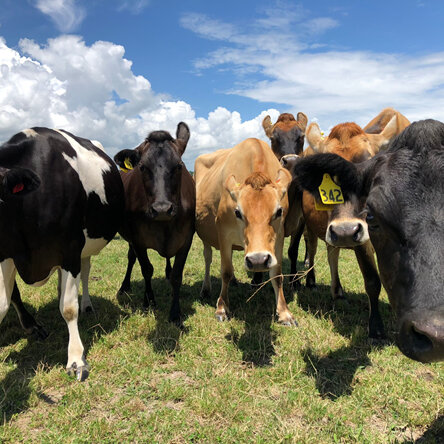After discussions with autumn herds, many herds have a higher number of infected cows at the first herd test with less than the target of 85% of the herd less than 150,000. This has not always been associated with a higher clinical mastitis rate over the same period.
Solving a problem like this after the fact is challenging and generally multifactorial.
Advice to manage this problem includes the below:
- Autumn herds can have a challenge drying cows off. The green pasture and better condition cow compared to many spring herds make this process more of a challenge. Suggestions in this “Turn off the tap” article by Zoetis is well worth a read, but in short, the diet needs to be manipulated if you have green grass.
- Good choices with dry cow antibiotics and teat sealant use are required. This is also challenging when the pressure is on the industry to decrease antibiotic usage. It can be done but the whole process needs to be done well. Good choices of cows to treat, cows to cull and application of product are necessary. Discuss any questions with your vet.
- Summer management of cows. Dry cows standing all together under trees in the heat may well be increasing the challenge more than expected. Consider Multimin at dry off. This product we see helps improve a cow’s immunity and decrease udder infections.
- Managing cows well in the colostrum mob:
- Milking out early after calving decreases clinical mastitis
- Managing the colostrum mob and RMT testing before them leaving so the knowledge of where the high somatic cell count cows have come from is important. It's not wise to spend time fixing a perceived calving problem if the high somatic cell count cows are created during the milking season.
- Feedpad. The solution often involves a cleaner feed pad that has been used in the past.
Dr Kris Brownlee BVSc - Farm Vet & Regional Manager, Taupiri




